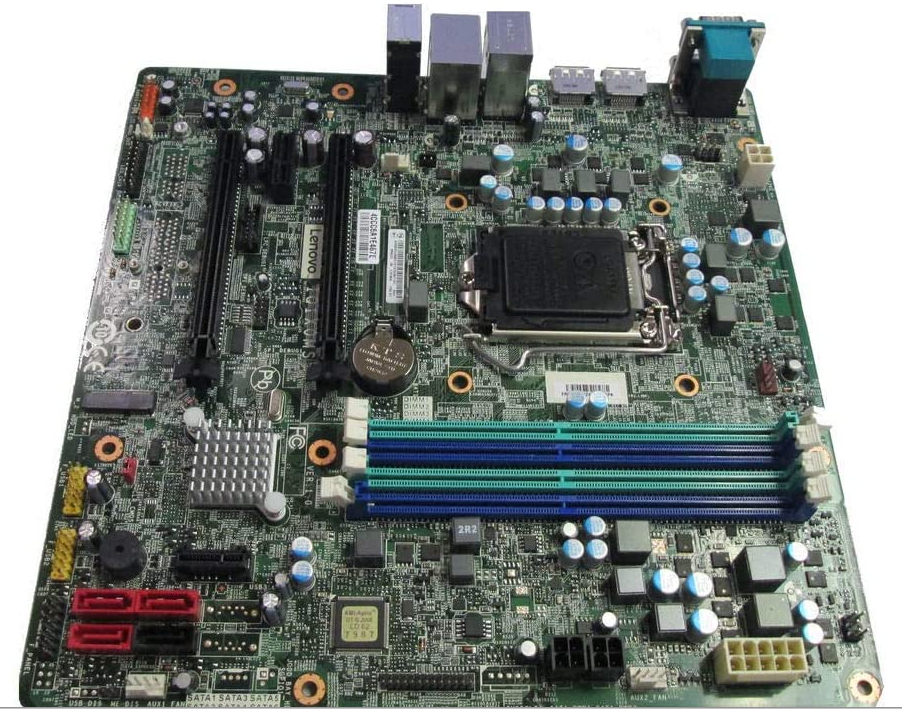So I'm at the end of my rope outside of a couple of hardware swap tests that remain.
About 3 weeks ago or so my computer hard crashed while playing a game, and it acted a little strangely since, but whatever.
It's a mobo from an old Lenovo with an Intel 6500 CPU, Geforce 1050 TI and 8GB of RAM and a 550W Antec PSU.
The other night I tried firing it up to rip a CD (yeah I still buy music like an old fart) for my wife, and shortly (within a minute or so) after Windows loaded, the computer restarted as though I'd hit the reset switch. When it restarted, I had no mouse or keyboard control, or even power to them (no lights) and shortly after being hung up, it rebooted again and again and again until it launched Recovery mode.
Safe mode boots just fine. I've reinstalled Windows 10, and it loaded perfectly without issue...until the video card driver installed and then the system crashed in the same loop again. Safe mode still works fine.
Remove video card, and use integrated, and it works fine.
Slide in old ATI/AMD card: windows 10 starts, but never finishes loading the desktop, no icons, no input other than Ctrl Alt Del (which gives a black screen that I can hit escape to exit from and that's it) and eventually it reboots (takes longer, though) and when it does and I go into Safe Mode I found that it loaded the default driver for that card on bootup.
Essentially, no matter what card I plug into the PCIe slot, as soon as drivers load beyond Windows basic video driver, the system crashed. Works fine if I totally block all drivers from installing after removing them (which is a LOT harder to do in Windows 10 than it should be).
Tested the 1050TI out in my son's rig, and it works fine even on a burn in test of Furmark for an hour.
TL R: WTF?
R: WTF?
Motherboard, CPU, and PSU are my only apparent options, right?
About 3 weeks ago or so my computer hard crashed while playing a game, and it acted a little strangely since, but whatever.
It's a mobo from an old Lenovo with an Intel 6500 CPU, Geforce 1050 TI and 8GB of RAM and a 550W Antec PSU.
The other night I tried firing it up to rip a CD (yeah I still buy music like an old fart) for my wife, and shortly (within a minute or so) after Windows loaded, the computer restarted as though I'd hit the reset switch. When it restarted, I had no mouse or keyboard control, or even power to them (no lights) and shortly after being hung up, it rebooted again and again and again until it launched Recovery mode.
Safe mode boots just fine. I've reinstalled Windows 10, and it loaded perfectly without issue...until the video card driver installed and then the system crashed in the same loop again. Safe mode still works fine.
Remove video card, and use integrated, and it works fine.
Slide in old ATI/AMD card: windows 10 starts, but never finishes loading the desktop, no icons, no input other than Ctrl Alt Del (which gives a black screen that I can hit escape to exit from and that's it) and eventually it reboots (takes longer, though) and when it does and I go into Safe Mode I found that it loaded the default driver for that card on bootup.
Essentially, no matter what card I plug into the PCIe slot, as soon as drivers load beyond Windows basic video driver, the system crashed. Works fine if I totally block all drivers from installing after removing them (which is a LOT harder to do in Windows 10 than it should be).
Tested the 1050TI out in my son's rig, and it works fine even on a burn in test of Furmark for an hour.
TL
Motherboard, CPU, and PSU are my only apparent options, right?
![[H]ard|Forum](/styles/hardforum/xenforo/logo_dark.png)
